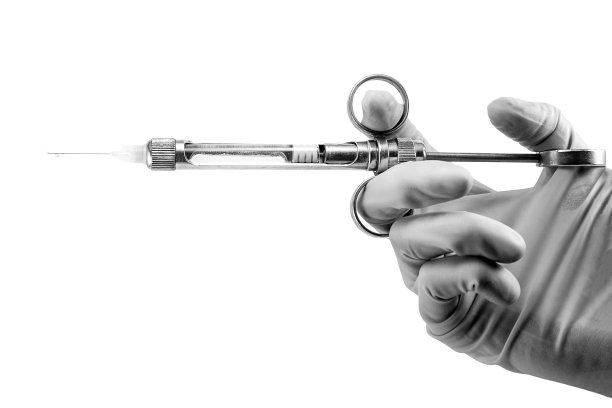Essential Guidelines and Precautions to Follow After Receiving a Dental Filling for Optimal Recovery and Oral Health
Summary: Dental fillings are a common and effective solution to restore teeth affected by decay or damage. Upon receiving a dental filling, its crucial to adhere to specific guidelines and precautions to ensure optimal recovery and maintain overall oral health. This article outlines fundamental post-treatment care, including dietary restrictions, oral hygiene practices, recognition of side effects, and follow-up care with your dentist. By following these essential recommendations, patients can minimize discomfort, prevent complications, and enhance the longevity of their dental fillings, leading to better oral wellness. Understanding these guidelines is vital for anyone seeking to protect their dental investment and ensure a smooth recovery process.
1. Dietary Recommendations After Receiving Fillings

After receiving a dental filling, the first step in ensuring a smooth recovery is paying attention to your diet. Initially, you should avoid eating hard, crunchy, or sticky foods for at least 24 hours. These types of foods can put undue stress on the newly placed filling, leading to possible damage or dislodgment.
In addition to avoiding hard foods, you should also steer clear of hot or spicy foods and beverages for a few days. This is particularly important if your filling is made from composite resin, as hot temperatures can cause the material to expand, potentially leading to discomfort or complications.
Instead, opt for softer foods like yogurt, smoothies, and mashed potatoes. These options will not only help in avoiding additional discomfort but also aid the healing process by keeping your mouth comfortable as you adjust to the filling.
2. Oral Hygiene Practices to Maintain
Maintaining proper oral hygiene after a dental filling is crucial for your recovery. While it鈥檚 essential to keep the area around the filling clean, you should be gentle in your cleaning methods. Use a soft-bristled toothbrush and adopt a delicate brushing technique around the filled area to prevent irritation.
Additionally, rinsing with an antimicrobial mouthwash can help in reducing bacteria and preventing infections. However, avoid using mouthwash immediately after the procedure for at least 24 hours, as the chemicals involved might irritate the surrounding tissues.
Do not skip flossing; however, be cautious around the filling when you floss. Flossing can help keep the area clean but should be done gently to avoid disrupting the integrity of the filling. Establishing a routine that prioritizes care around the new filling will significantly contribute to your overall oral health.
3. Recognizing Side Effects and Complications
After a dental filling, its normal to experience minor discomfort, sensitivity, or mild swelling. However, it鈥檚 essential to recognize when something may be wrong. If you encounter persistent pain that continues for several days, this may be a sign of an underlying issue that requires immediate dental attention.
In cases where your tooth feels excessively sensitive to temperature changes or you experience discomfort while biting down, it is crucial to consult your dentist. These symptoms may indicate that the filling is too high or that there might be complications necessitating further examination and possibly adjustment of the filling.
Being aware of your body鈥檚 signals can significantly enhance your recovery journey. Early recognition of side effects can lead to timely intervention, preventing any further dental issues from arising.
4. Importance of Follow-Up Care
Follow-up appointments with your dentist play a vital role in ensuring the longevity and success of your dental fillings. Schedule a check-up typically one to two weeks after the filling is placed to allow your dentist to evaluate the site and the condition of the filling.
During these visits, your dentist can assess whether the filling is properly seated and responding well to the surrounding teeth. They may also make adjustments if necessary, especially if you had issues with sensitivity or discomfort.
Furthermore, regular dental check-ups should continue bi-annually or as recommended by your dentist. During these appointments, your dentist will monitor the health of your fillings and surrounding teeth, ensuring that potential problems are tackled before they escalate.
Summary:
In summary, following essential guidelines regarding diet, oral hygiene, awareness of side effects, and ensuring follow-up care after receiving a dental filling is fundamental for optimal recovery. These steps not only safeguard your health but also contribute to the longevity of your dental investment. Adhering to these practices will provide you with peace of mind as you navigate the post-filling phase.
This article is compiled by Vickong Dental and the content is for reference only.



